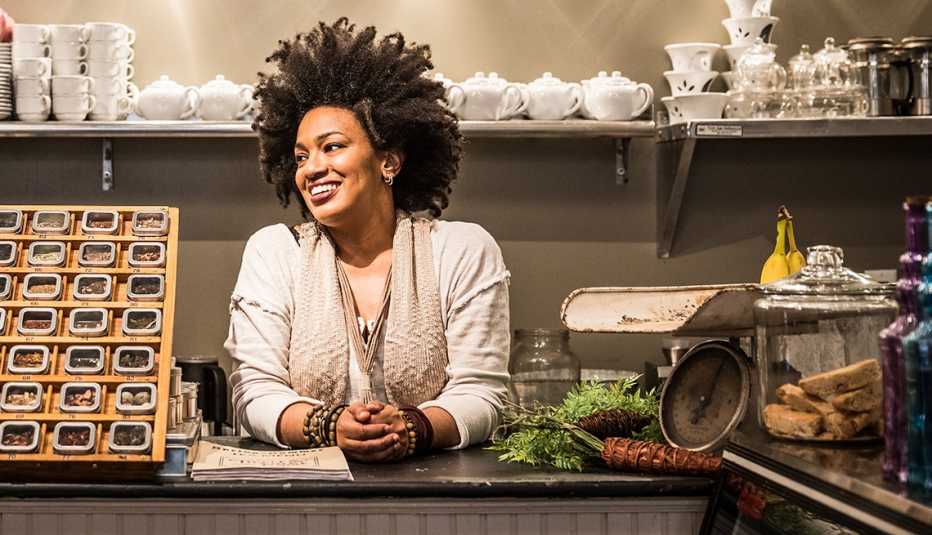AARP Hearing Center


Many Black women who wear their hair in a natural style have deemed the upcoming summer months the unofficial wash-and-go season. Not only is it a good time to give your strands a break from heat styling, but it’s a chance for you to enjoy your hair’s versatility, volume and va-va-voom. But for some, the wash-and-go technique can be frustrating — even exhausting. And if you’re a newbie, you might’ve tried it once, failed and vowed to never try it again.
“Generally, women who have just begun their natural hair journey or are having challenges with it, historically have been relegated to styles that kept them from water,” says Anthony Dickey, aka “Dickey,” a celebrity hairstylist who’s worked with Jill Scott, Solange Knowles and Alicia Keys. “Years later, they embark upon this natural journey and bring over some of those same ideas about their hair texture — that they can’t get their hair wet.”
Additionally, as your mane matures, changes in texture and density can pose a challenge in your wash-and-go routine.
“I started to go through menopause early and my hair took a beating,” says Tamika Jones-Smith, 50, from Waldorf, Maryland. “Perming and dying ... had my hair feeling brittle, [but] once I got committed to the natural process, my hair became even thicker and healthier.”
So if you are ready to ditch styling tools (even temporarily!) and show off your natural curls, coils and kinks, here’s what you need to do:
1. Make sure your hair is really wet
Water is the foundation of a flawless wash-and-go. But a few spritzes from your spray bottle won’t suffice. The secret? Stay in the shower to maintain hydration — even after shampooing and conditioning. “Wash-and-go styling is defined as simply incorporating your entire hair-care routine into your shower routine,” Dickey says.
Working with soaking wet hair also ensures even product distribution. Kiyah Wright, a celebrity hairstylist who’s worked with Chaka Khan, Angela Basset and Tyra Banks, suggests squeezing your strands as you apply product to determine whether you have the right water-to-product ratio. If you hear the “squish,” you’re on the road to success.
































































More From AARP
The Only Items That Are Worth Buying Vintage
In fashion, everything old is ‘new’ (and even cooler) again
Are Celebrity Beauty Brands Worth a Try?
Idris Elba, Hailey Bieber and Brad Pitt join the growing number of stars with beauty and skin care lines
Big, Bouncy Hair Is Cool Again
Here are some pro tips if you are looking for ways to pump up the volume